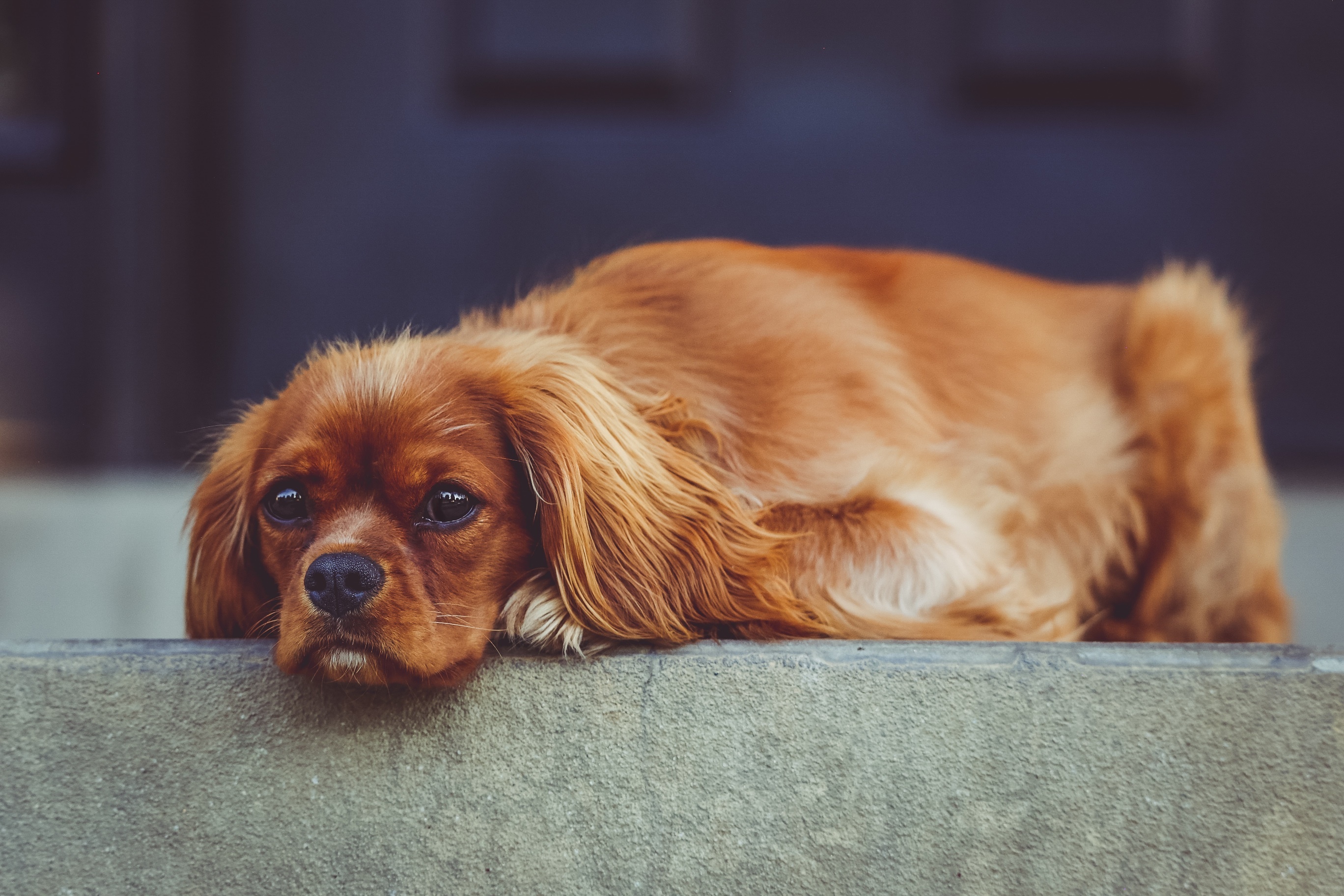“My Great Dane has started salivating and retching and her tummy looks swollen”. My heart sank when I heard these words on the phone: it was nine o’clock in the evening, and I knew that I was about to start on an all-night epic saga with an uncertain outcome. Almost certainly, the animal was suffering from gastric bloat and/or torsion: the so-called gastric dilatation-volvulus (GDV) complex.
A dreaded diagnosis
GDV must be one of the most dreaded diagnoses for young vets – and indeed, for vets of all ages. The risk factors are well known and specific: large or giant breeds with deep, narrow chests, dogs with nervous, reactive temperaments, rapid eating, one large meal per day and exercising soon after a meal. If a vet has an emergency call from an owner with this type of history, GDV is always on the list of possibilities.
Why does GDV happen?
Gastric bloat or dilatation happens when the stomach fills up with gas. Gastric torsion or volvulus IA happens when the stomach rotates by 90–360 degrees, with the pylorus and proximal duodenum moving ventrally then from right to left, relocating into the left of the abdomen, and sealing off the inflow and outflow of the stomach as it does so. Both can happen separately, but classically they happen together: hence the title Gastric Dilatation / Volvulus.
How can GDV be fixed?

The problem seems simple: the stomach is twisted and blocked, and it’s filling up with gas. You might think the answer was also simple: untwist the stomach and let the gas out. The problem is that you are not dealing with an inner tube or a balloon: your patient is a living creature with sensitive internal organs that impact on each other when things go wrong.
The massively swollen stomach causes increased pressure in the abdomen, and this causes a decreased venous return, increased blood pressure in the liver, and direct pressure on the diaphragm and thorax. The resulting gastric blood flow leads to necrosis of the stomach wall, with the intestinal lining suffering in a similar way. Bacterial translocation from digestive tract contents to the bloodstream then leads to further complications, with pooling of stagnant fluid in the digestive system leading to hypovolaemic shock. The pressure on the thorax causes reduced cardiac output with myocardial ischaemia/dysfunction and cardiac arrhythmias, as well as reduced ability to inhale properly, leading to further hypoxia.
So, the animal that arrives in your clinic has more than just a bloated stomach: their entire internal system is in a life-threatening downwards spiral. And there is no easy way to fix it.
Where do you start?
The first step is to confirm the diagnosis, even though it may seem obvious when a dog arrives showing the classical signs, as described by my client on the phone. Abdominal radiographs show a characteristic “double bubble” or “reverse C” image, with the black holes representing gas in a very different position to the normal healthy stomach.
Initial blood screening also shows a characteristic picture, with haemoconcentration, a stress leucogram, thrombocytopenia, electrolyte abnormalities a patchwork of raised liver and other enzymes.
In the past, the temptation was to leap in there as soon as possible, attempting immediate correction of the twisted, displaced stomach. This approach has been shown to lead to an increased mortality rate, so these days, a calmer, more measured approach is recommended.
First, the chat...
While the diagnosis is being confirmed and early treatments are being set up, it’s important to talk to the owner. Even in the best circumstances, the mortality rate for GDV is high, and the costs can be immense: three or four hours of emergency veterinary time, often in the middle of the night. When some owners are given an estimate of the costs (which can run into many thousands of euro), a decision for immediate euthanasia is sometimes made. It’s important not to skip this practical discussion: owners need to give you more than consent to proceed: it needs to be fully informed consent.
Next, initial stabilisation
Affected dogs need to be as stable as possible before corrective surgery is started: high volumes of intravenous fluids, including colloids, need to be given via cephalic or jugular catheters: often into two locations at once. Meanwhile, the pressure in the stomach needs to be relieved, either via a stomach tube (if the patient is quiet and compliant enough) or by inserting a large bore needle through the skin directly into the stomach.
As the dog stabilises, an ECG should be set up to watch for cardiac irregularities, oxygen should be given by mask to optimise tissue oxygenation, and once the animal is ready, surgery should be commenced.
Then lifesaving surgery
Once the dog is anaesthetised, any remaining gas in the stomach can be removed via a stomach tube, and a laparotomy then needs to be carried out. The stomach needs to be repositioned by un-rotating it, and the abdominal contents must be scrutinised. Are all tissues healthy and viable? Or are parts of the spleen and stomach blackened and necrotic? It can be difficult to make these judgements, but the removal of non-viable structures (e.g. splenectomy) can be lifesaving.
Gastropexy is essential
The last thing anyone wants is to save an animal only to have a repeat episode a few months later: a gastropexy – or permanent attachment of the stomach to the abdominal wall - helps to prevent this. There are several techniques: learn these in advance so that you don’t feel the need to sneak away and check the online video when the patient is on the operating table in front of you.
After the operation
Continued intravenous fluid administration, with monitoring of electrolytes and ECG, is important. Gastric protectants should be given before food is offered the following day. The mortality rate is high, at 20 – 25%, and even at this stage, recovery cannot be taken for granted. Complications range from post-operative peritonitis to septicaemia with disseminated intravascular coagulation (DIC). Patients can only go home when they have eaten (and kept down) their first bland meal, and when they can walk around comfortably, with a reasonably normal demeanour.
One episode is enough to teach you the value of prevention
It is difficult to explain the full nightmarish quality of the trauma that can be involved in dealing with a case of GDV: these cases are emotional, physical, and intellectual challenges, perhaps the closest equivalent to running a marathon that veterinary clinical work can generate. They seem to happen more often at night. This may be fine if you are based in a well-organised emergency clinic, but if you are on your own (or with one other nurse or vet) in a mixed practice on-call situation, this adds immensely to the stress.
The best answer, of course, is to prevent GDV from happening at all. Our clinic offers gastropexy as a routine add-on to spays for all deep-chested breeds, as well as recommending it in cases where spaying or neutering is not planned. And of course, it’s so important to let all owners of target animals know about the importance of small meals frequently (rather than one big daily dinner) as well as not exercising their pets soon after eating.
What happened to my Great Dane, you may ask? She became an all-nighter, with eighteen hours of constant attention from myself and my team, from initial admission through to surgery than onto post-surgical monitoring. She not only survived: she went on to live to the grand old age of twelve. And every time I saw her, I told her and her owner: “I will never forget you, nor that busy, pressurised night when we saved your life”.


